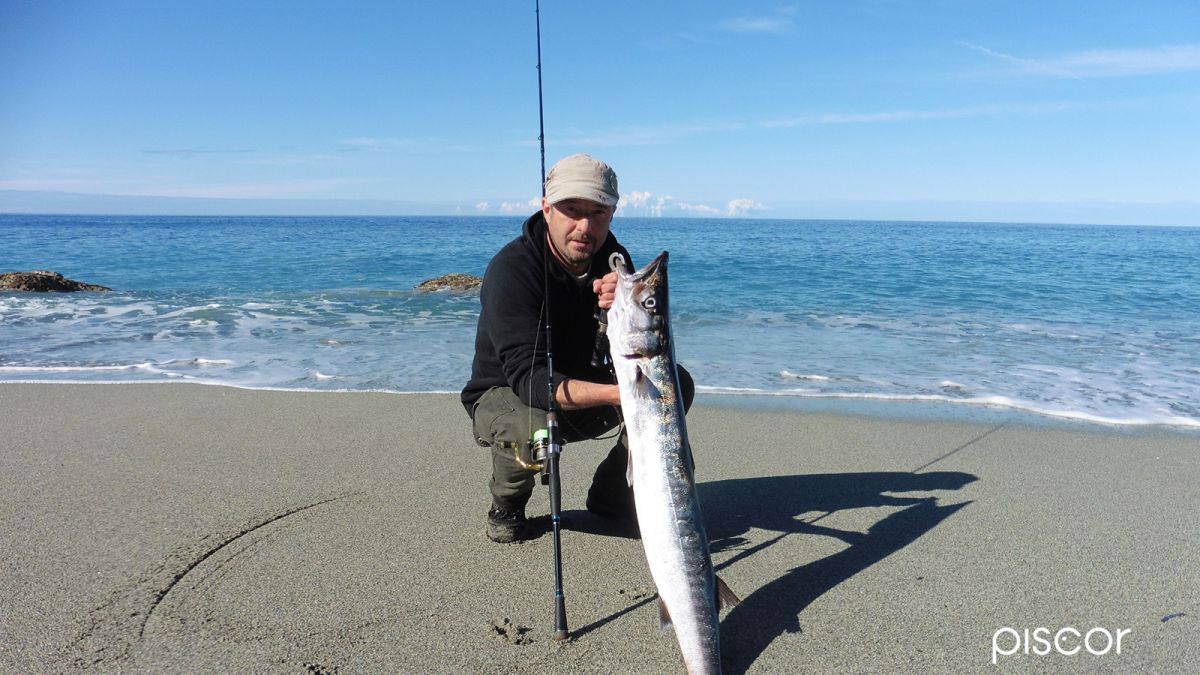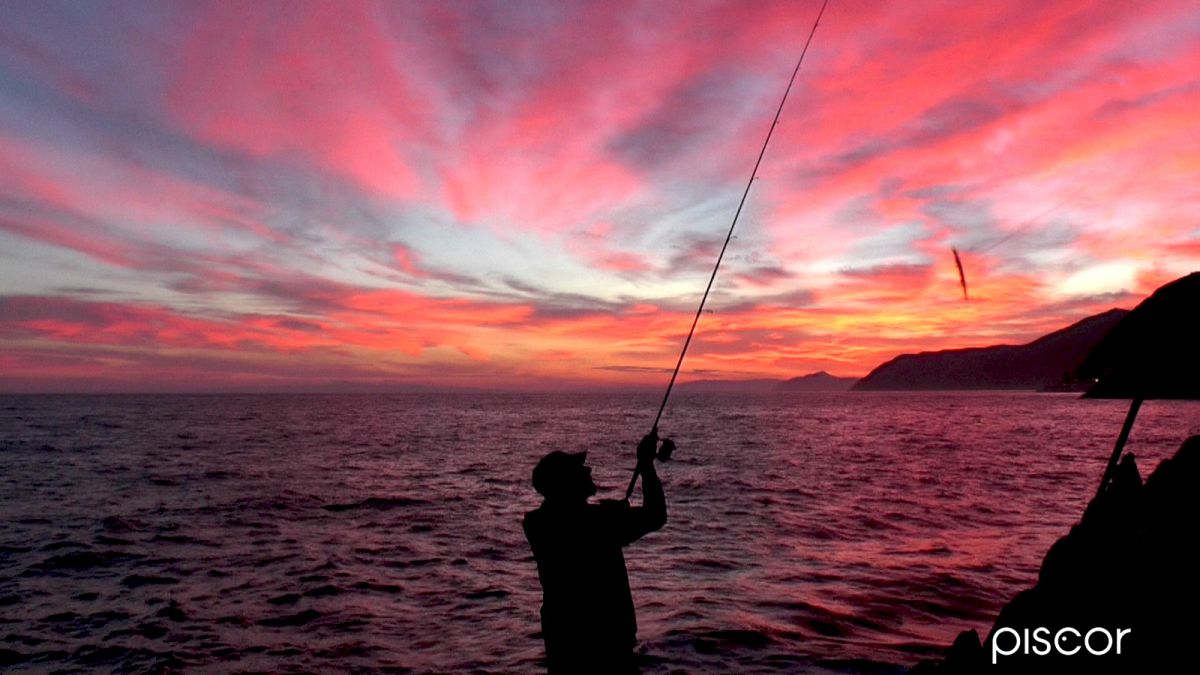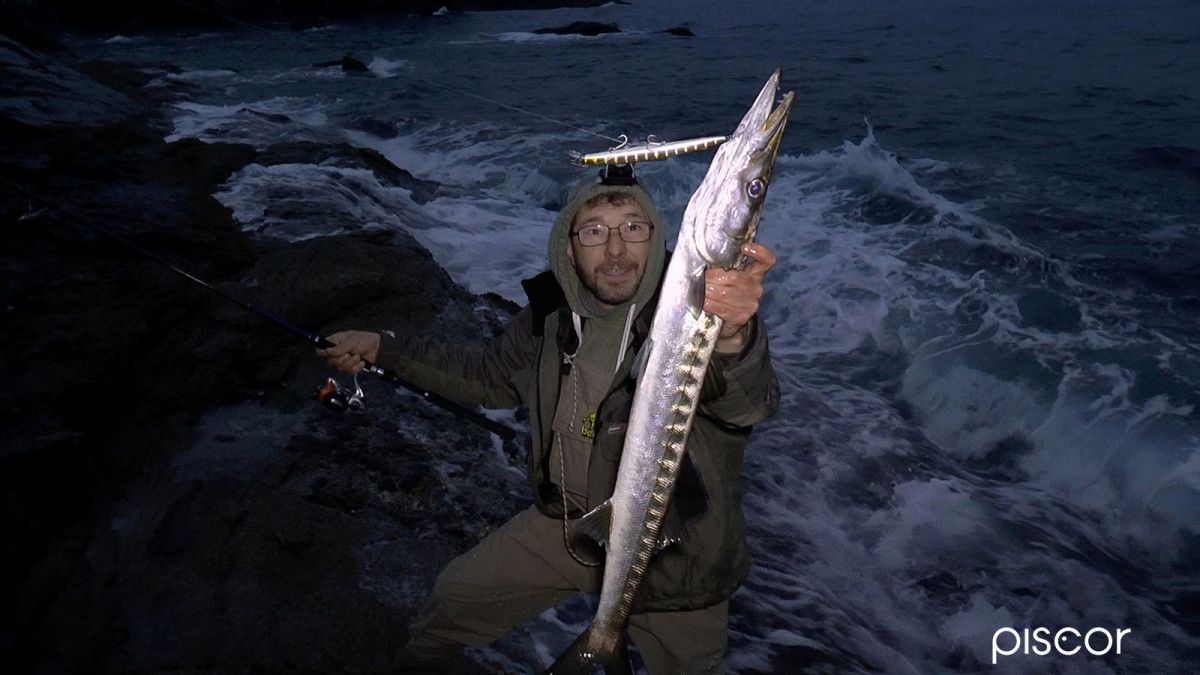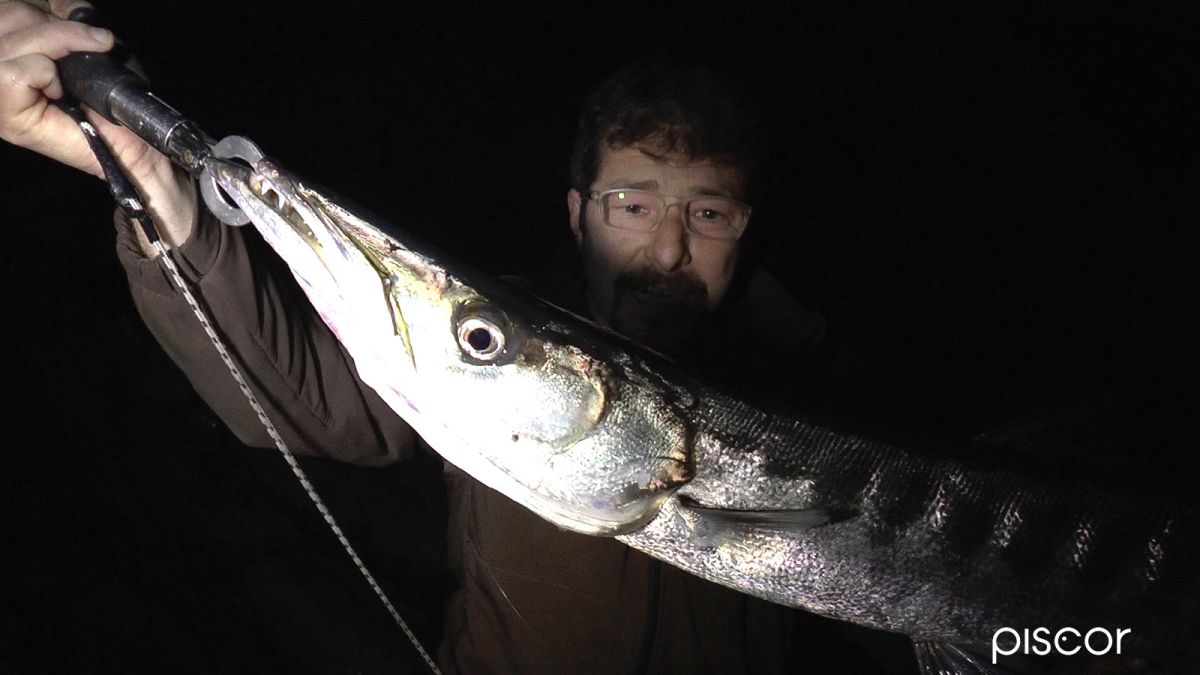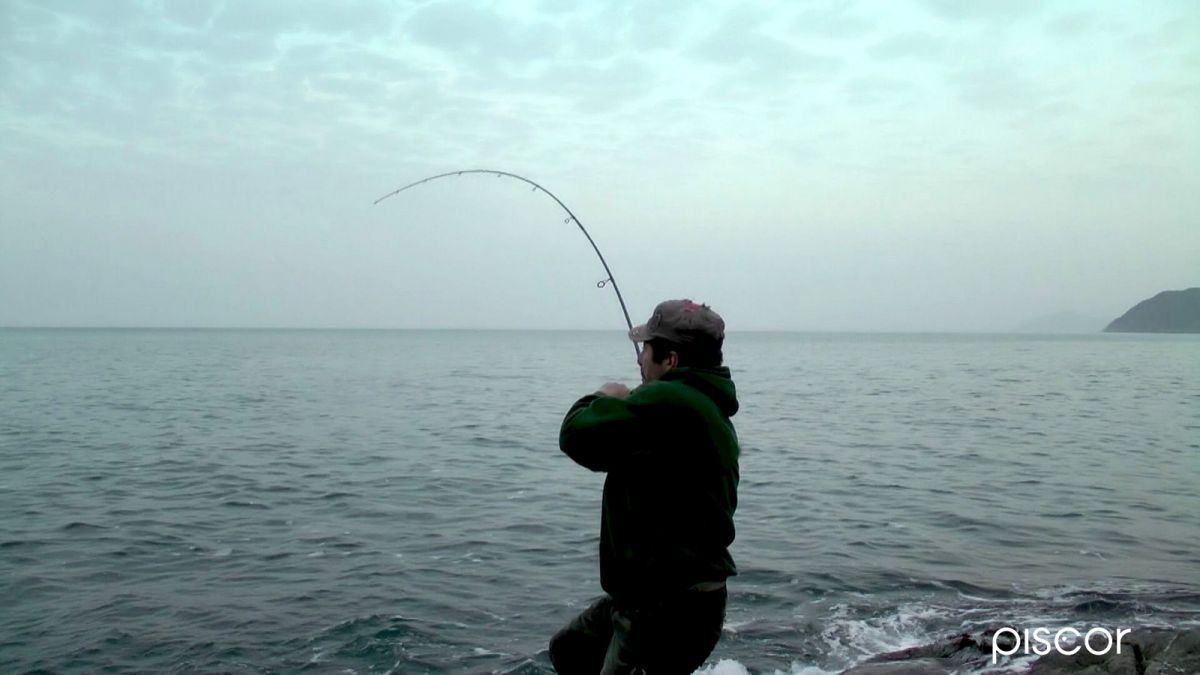The Sphyraena viridensis, Yellowmouth Barracuda, in the last years has colonized a good part of the Mediterranean sea, favoured also by the raising of the temperatures.
The Sphyraena in question is a pelagic species which can reach even ten kilograms of weight and more, even if the average size of the catches is around two / three kilos.
Where to look for it and when
What do we have to do to try to catch this beautiful pelagic? Let's focus first on where we might meet it.
We know that it prefers in a particular way the natural reefs with important backdrops, also the port areas of absolute interest in the search for the Sphyraena. We know that it does not like tidal coasts, that is all those areas with a low bathymetric, even if sporadic catches tell us that we cannot exclude its meeting there too.
Let's see now in which time slot we would have more chance to meet it, the Barracuda carries out its predatory activity mainly during the changes of light, ie at dawn and dusk, even during the night you can catch it but the moments when you have to insist and focus our fishing action in particular, are precisely the changes of light.
Let's see which are the best periods to undermine the Yellowmouth Barracuda, this fish can potentially be encountered throughout the year in both port areas and natural reefs, even the beaches with significant seabed are areas frequented by the Sphyraena.
What are the particular moments where the meeting becomes more likely?
In natural cliffs spring is perhaps the topical moment, also because it coincides with the period of reproduction. However, a necessary clarification must be made: the reproductive period of this specimen varies from place to place and above all is regulated by the temperature of the water, which may vary according to the area.
In spring we would have the possibility to meet both the males and the big females that in this period "share" the subcoast, a phenomenon that usually does not happen also because the Yellowmouth Barracuda is used to prey on its peers.
If we want to undermine it in the natural cliffs during the summer, we should choose isolated areas not frequented by bathers and various boats, which obviously keep away the fish, especially the large and suspicious specimens.
Within the port areas the best period is the winter, because during this season these areas guarantee the presence of forage fish that will be easier to prey than an area like the natural reef.
In the ports is certainly simpler to catch, the waters are calm and the cuts of light are very frequent, there are then illuminated areas that group together the fish forage, boats and docks offer then excellent points to practice the predatory activity.
Dedicated Equipment: rods and reels
Absurdly any artificial would need a rod dedicated to iy, able to make it work properly but of course often we are "forced" to make compromises because you can not get on the spot with different rods and their reels.
Let's see then based on the spot what could be a good compromise, if we are facing a fishing trip, for example in a port area and we intend to use mainly minnows, will be apt a rod around 7/8 feet not too "hard" and then able to make the minnows work, with a throwing power of between 10/30 grams and a good reserve of power in the handle.
However, it will be necessary to try to understand what fish and what size we might potentially encounter and to regulate ourselves accordingly. If we want to set our fishing trip using mainly top water bait type poppers and wtd then a more reactive and rigid rod will be better suited, I personally do not prefer too rigid rods especially on Barracuda, often are accomplices of too abrupt retrieve resulting in unloading of the fish.
As for the reels a size 3000 will be more than enough in a port area, while on the reef a 4000/5000 will be more suitable.
In natural cliffs everything changes, here you have very different needs, sometimes you need to launch our long jerk as far as possible, in some cases the fish stationed in currents that are not near, or near shoals equally far, in short often we have to reach long distances.
I personally use 9/10 foot rods "parabolic moderate" that I would not replace for any reason (in these contexts), really too many advantages that offers this type of rods, long launches, excellent "recovery" of the long jerk, proper management of the fish during combat.
Lures and recoveries
The Barracuda can be really undermined with many types of Lures, depending on the weather and marine spots, in fact were captured specimens with the most varied types of artificial, from minnows to poppers, wtd and jig, up to the silicone tires, but the long jerk are in my opinion the bait par excellence and still a starting point for those who want to start to undermine this fish.
Let's see now how to recover our lure, let's start with the way this fish preys. The barracuda, unlike many other pelagics, has the tendency to prey exploiting the art of camouflage, which is quite effective, due to the low light of the moment in which it prefers to hunt, usually tends to approach the prey without being perceived or seen, then launches the attack with a quick shot.
Once this consideration is done, it is deduced that our artificial ones will be able to proceed in the water even very slowly, simulating a calm fish.

